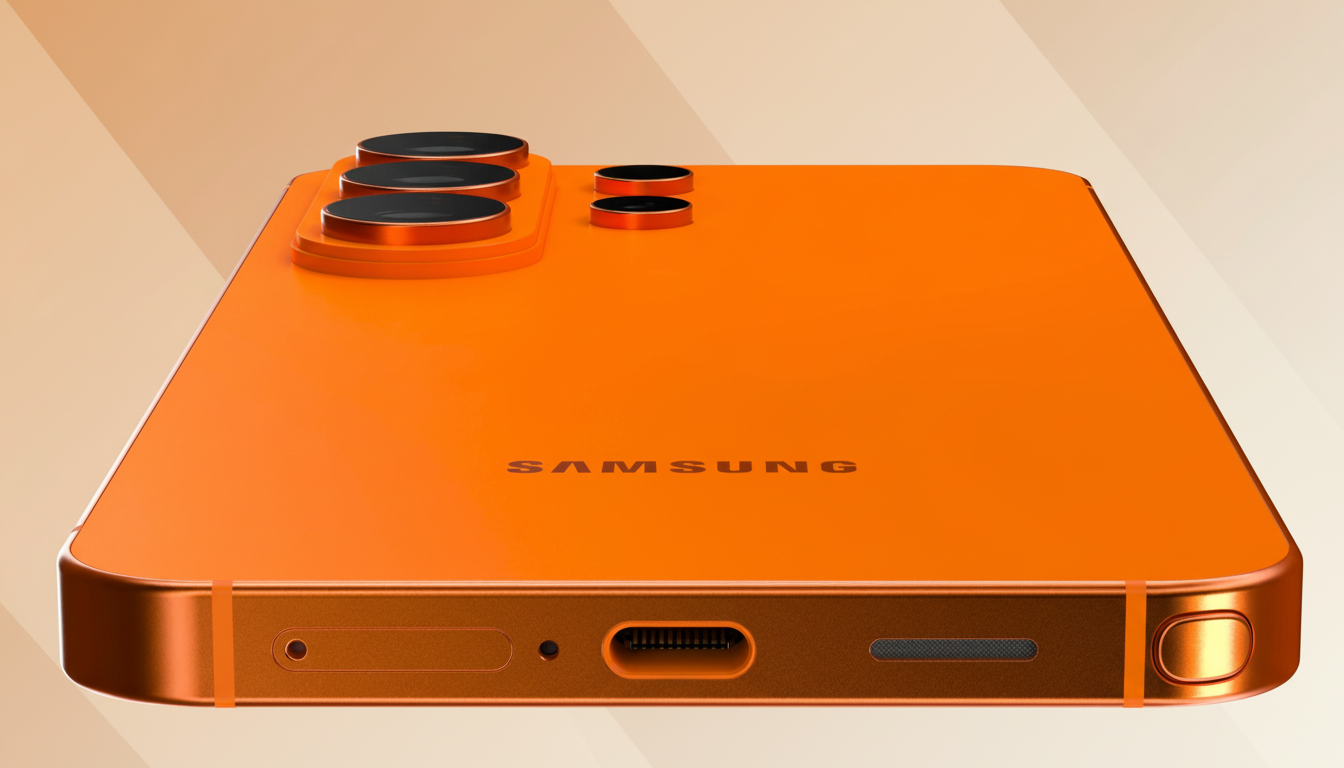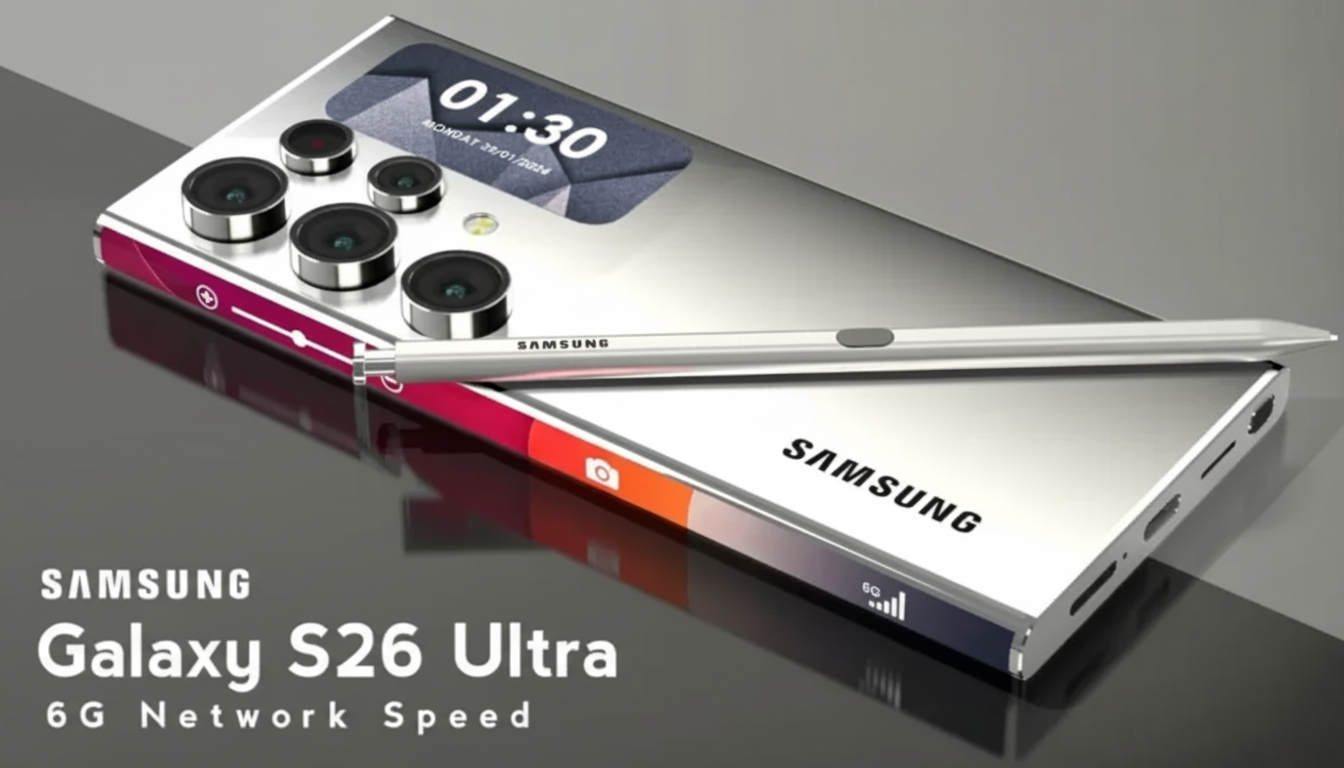Samsung cannot coast on name recognition. After several cycles of restrained hardware updates and heavy emphasis on software and AI, long‑time users want proof that the Galaxy S26 will meaningfully push the hardware forward. Rivals have raised the bar on cameras, charging, and design flair; we need the S26 to answer on all fronts to regain our momentum. Consumer surveys from firms like Counterpoint Research consistently show cameras, battery life, and design comfort as the top reasons people upgrade. So these are five concrete changes the S26 should make to regain the trust and support of the fans.
It’s time for a fresher silhouette. Twelve months on, that floating lens stack has become familiar. But a new camera housing, tighter symmetry, and a bolder color palette would instantly signal a new era. More importantly, the Ultra model needs genuine curves, softer edges, less slab‑like massing, and improved weight distribution so it sits better in the hand without compromising strength.

Small tweaks go a long way. A subtly curved backplate for grip, a matte frame to negate slipperiness, and a micro‑textured finish that resists fingerprints. If Apple and Google can make large phones that don’t feel uncomfortably large, why can’t we?
Deliver true camera hardware upgrades across all models
Samsung’s image processing is good, but all its models urgently need brand‑new sensors to match it. A bigger main sensor — around 1/1.3‑inch or more — with faster readout, an ultrawide with better edge sharpness, and a telephoto with a more open aperture would lower noise and pull out things in mixed light. It’s how the likes of vivo and HONOR have scored eye‑opening gains, having taught cameras to literally see the light with improved sensor size and better lenses. An improved long‑range zoom on the Ultra that maintains textures even at 10x and less sharpening is essential as well.
Apple and Google pursued the same trend: better, high‑resolution Quad Bayer sensors and a larger primary sensor. The S26, thus, should see true sensor upgrades across the lineup — not just shoved into one model.
Increase battery capacities and speed up charging safely
The S‑line phones tend to get updates once every couple of years. These need to comprise substantially larger batteries; small capacities are the fastest way to ruin a high‑end experience.
The Ultra, in particular, should aim for at least 5,500mAh; the same goes for the Plus, and the base should not fall below 5,000mAh.
Better cell design and pack efficiency should make those numbers possible, which many competitors already sell.

As for charging, 65W or higher wired charging and significantly faster, thermally controlled top‑ups are necessary. Many companies, including OnePlus, Xiaomi, and Realme, are offering 80W–120W solutions, some even quicker. Samsung can maintain its conventional battery health profile while going beyond the current 25W/45W limit.
Adopt Qi2 magnets across the entire Galaxy S26 line
Qi2 is no longer a niche bullet point; it’s the backbone of the next wireless charging ecosystem. The Wireless Power Consortium’s standard uses magnetic alignment for more reliable 15W charging and a broader accessory universe without proprietary lock‑in. With the iPhone 15 family already enabling full‑speed Qi2 with certified chargers, accessory makers have flooded the market with magnetic stands, battery packs, and mounts.
Building Qi2 magnets into every S26 model — not just “ready” compatibility — would instantly unlock that accessory ecosystem for Galaxy users. It also helps in the car, on desktops, and for creators who rely on stable magnetic mounts when shooting video.
Restore a full-featured S Pen experience on the Ultra
The S Pen is the Ultra’s identity. To keep that edge, the S26 Ultra should deliver the complete toolkit: Bluetooth Low Energy with reliable remote shutter and media controls, lower latency for sketching, customizable button actions, and robust tip options for different writing feels. These features, first popularized on the Note line starting with the Note 9, are small in cost but outsized in delight.
Adding smarter software on top — like multi‑window handwriting, system‑level lasso capture to any app, and quicker OCR that works offline — would bolster the pen’s utility without gimmickry. A hardened silo to reduce wear, plus improved water ingress protection around the slot, would address longevity concerns for heavy users.
“If Samsung checks those five boxes — and a few more — refreshed design, actual camera hardware, larger batteries with quicker charging, genuine Qi2 magnets, and a no‑compromise S Pen, Galaxy S26 won’t just feel new. It’ll feel new in every manner that counts. Combine it with the excellent long‑term software expertise the business already has, and even people who’ve stayed this cycle out till now will recognize the reasons they should get back in.”

